Interested in permaculture and not sure what to plant? This could be a great article to get ideas for unique and useful permaculture species!
Before we begin, let’s talk about what permaculture is.
What Is Permaculture?
Permaculture is a land management or agricultural approach which aims at adopting itself to mimic natural ecosystems as closely as possible in a sustainable way. Therefore, permaculture aims to adopt species arrangements and placements to mimic what is seen in flourishing natural ecosystems as closely as possible. This can mean planting border species on naturally occurring borders like planting blackberries along roadsides or forest edges.
It can also reflect planting species along natural contour (topography) lines. Permaculture typically tries to avoid monoculture and monocrops (as you don’t often find this in natural ecosystems) and often utilizes companion planting or intercropping.
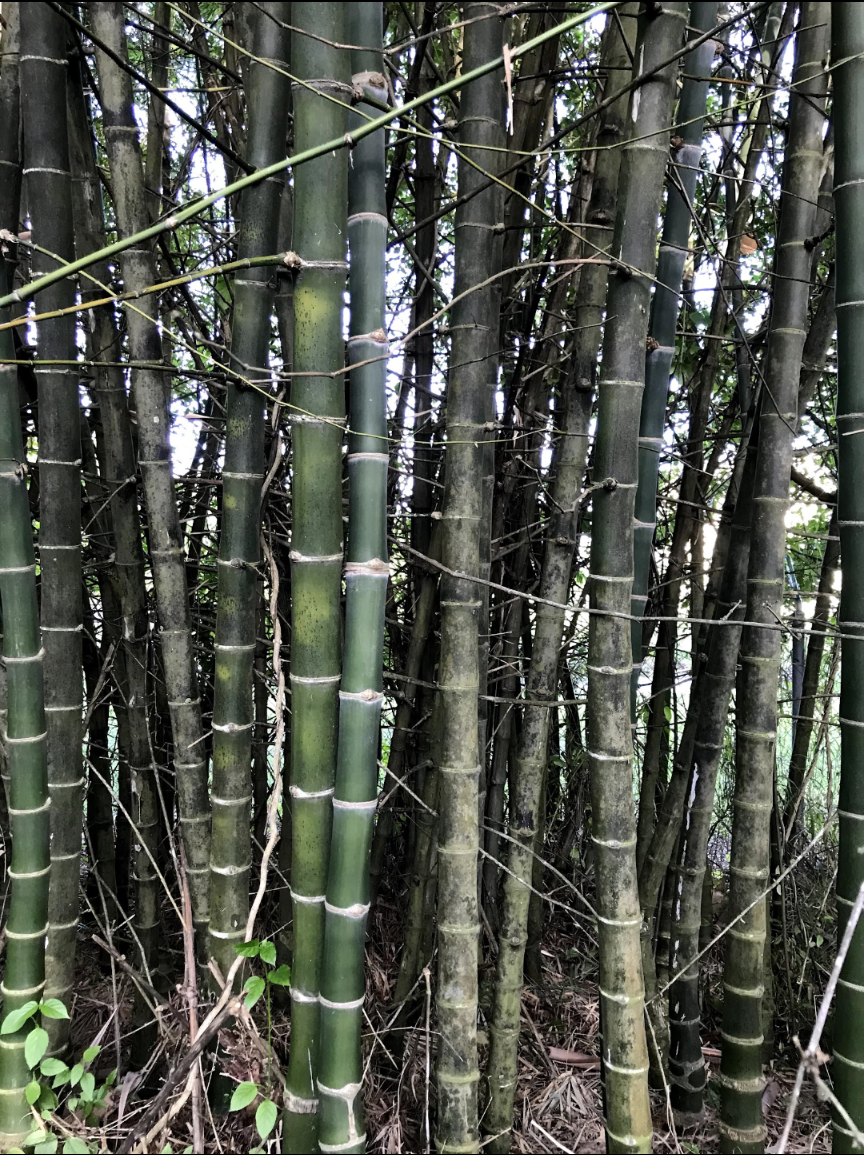
Why Try Permaculture?
Permaculture is a more permanent approach to land care and agricultural systems at large. This minimizes replanting season after season, which further decreases personal maintenance and monetary costs.
Benefits of Permaculture
The ecological and environmental benefits of permaculture are nearly endless:
- Contributes to a more stable habitat for wildlife
- Decreases long-term soil disturbance,
- Increases CO2 sequestering
- Decreases your personal carbon footprint
- Provides you with fresh foods
- Improves your relationship with the land
Downside of Permaculture
Perhaps the biggest and only downside to permaculture (if you experience resistance to change) is it can be a learning curve to begin. If you’re patient, have a willing attitude to learn, and have the time to do it, it will be a rewarding challenge.

Different Permaculture Species
We’ll be covering 10 species here. It is important to note that individual research should be done on your end to determine if these species would be suitable for your area. Factors that may influence species success include soil type, local weather and climate conditions, and the presence or absence of shade.
Another notable thing to add is that many prefer to do permaculture with native species to help keep natural ecosystems more intact and consistent. This, as with most things, is a personal preference and should be thoughtfully decided.
Moringa – Moringa oleifera
Also known as the Tree of Life, moringa is a widely cultivated plant around the world. It is fast growing, drought-resistant, and able to thrive in diverse soil conditions.
Nearly every part of trees can be used from the seed pods to the leaves. The leaves are rich in vitamins, and can be eaten directly as salad greens, cooked like spinach, or even dried and added to stews (the leaves taste delicious). The seed pods are used in homeopathic medicines to help treat parasites and other infections. Sometimes soap is made.
These trees are easy to care for as you can simply allow them to grow to their full capacity, or cut them back annually to keep the leaves within arm’s reach. Moringa is resilient, and does well with repeated cuttings.
Pineapples – Ananas comosus

Once established, pineapples do not need much attention. It is important, however, to note that in cooler climates, pineapples need a lot of sun, and in very hot climates, they need more shade. In both climate conditions, they need ample amounts of moisture to thrive.
Pineapples are usually grown for their delicious fruit, but they are also aesthetically pleasing, and can be used as an effective natural fence barrier if you are interested in live fencing. With that said, they are sharp and stout, which should be a consideration before planting them or harvesting.
Blackberries and Raspberries – Rubus spp.
For simplicity’s sake, I’ve included both species together here, as they generally grow and exist in the same conditions.
Blackberries and raspberries are pioneer species, meaning they like being the first species to colonize open fields and forest edges. This trait is why you often find these species on the edges of roads, fences, and fields, and it is something to keep in mind when selecting a planting location. They generally prefer lots of sun, although they can do just as well in partial shade. They thrive in a wide variety of climates and soil conditions, too. My biggest suggestion with these species is to set up some sort of trellis system (or simply plant them along a fence line). It will make harvesting these thorny plants much easier if your end goal is food-oriented.
Blueberries – Vaccinium sect. Cyanococcus
Blueberries need full sunlight and slightly acidic soil. They usually won’t produce fruit for a few years, but once they begin, they will continue for decades.
Blueberries are wonderful for their fruit and aesthetic appeal. Every year, they produce white or pink, small bell-shaped flowers. Annually, not much work needs to be done to maintain these bushes. Weeding can be beneficial to decrease nutrient competition, and trimming them back so they don’t grow out of arm’s reach can also be helpful. However, allowing them to grow to their full capacity is beautiful and can provide vital food for wildlife species, especially birds.
Blueberries // Flickr
Turmeric – Curcuma longa and Ginger – Zingiber officinale
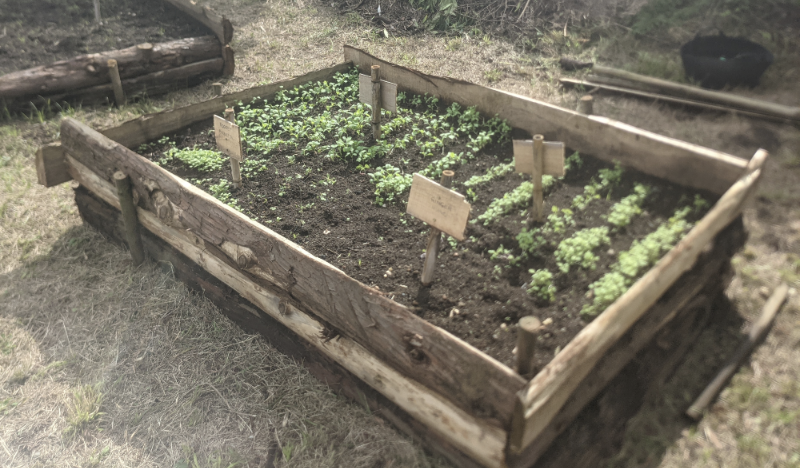
Like blackberries and raspberries, ginger and turmeric have similar growth requirements. I combined the two here.
Turmeric and ginger don’t require much aftercare once they’re established. However, they do have specific wants/needs to be successfully cultivated. Both of these species need filtered sunlight throughout the day. Planting them under trees can successfully achieve this condition. They also need a lot of moisture. If you’re in a very wet area climatically, this is perfect. If not, you may need to install irrigation such as drip lines. If you’re establishing them from a finger bulb, they often sit dormant for a while before any green offshoots begin showing aboveground. So it is important to know where you have placed them, and avoid any soil disturbance in that area, as to not injure any dormant finger bulbs.
Hibiscus – Hibiscus spp.
There are many different varieties and species of hibiscus. Because of this diversity, it’s important to do personal research to reach your cultivation goals. For example, if you want to grow hibiscus specifically for the flowers (which are beautiful), or you would like to grow hibiscus for the tangy tea, there are different species you may want to cultivate.
Once established, hibiscus will continue on its own with little to no aftercare. Although, this plant does best when regularly mulched or weeded. If growing from seed, you generally need to soak the seeds for 24 hours before planting to help encourage quicker growth.
Bamboo – Bambusa spp.
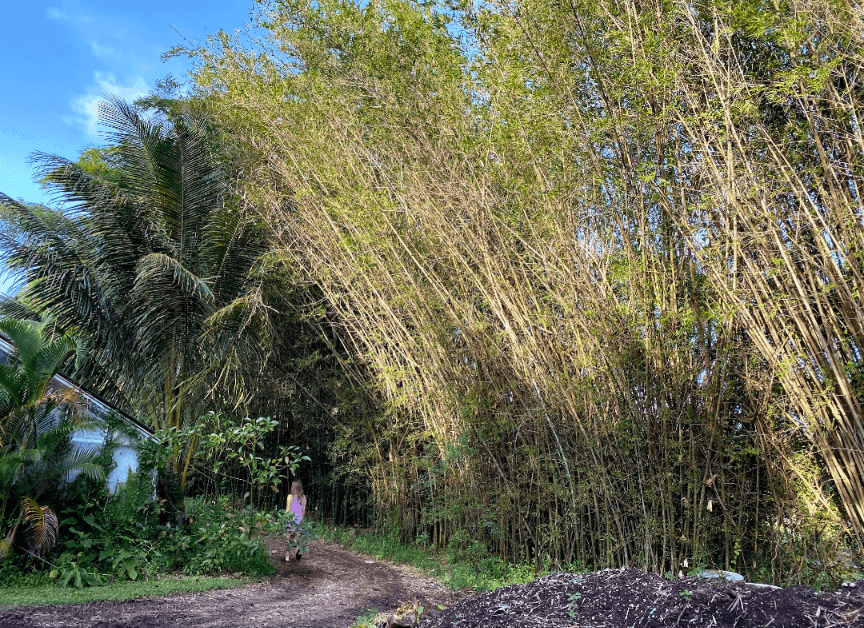
Like most of the species listed above, there are many different varieties of bamboo that you can choose. Some do better in colder climates and high altitudes, while others prefer warmer environments with more moisture. Some bamboo species are short and stout, while others grow tall and lean. Likewise, there are many color varieties of bamboo. For these reasons, bamboo can be a really fun species to cultivate (as you have many options). And because of bamboo’s diversity, it can be grown in a wide variety of locations.
A note of caution if you decide to cultivate this species: It is prone to taking over! It is similar to blackberries and raspberries as a pioneer species that prefers open fields and forest edges. If given the opportunity to grow freely, it will.
Red Clover – Trifolium pratense
Red clover is easy to establish and can be an excellent choice for both aesthetics and wildlife. Deer, rabbits, and other small herbivorous animals love red clover and forage on it when it’s available (excellent if you don’t want it to grow too high but do not like mowing). Also, butterflies and other pollinators utilize red clover.
It is quite common to see red clover growing along scenic highways and in open fields with butterflies all over. Red clover grows easily once it has been propagated and needs virtually no maintenance or upkeep (unless you prefer it to be trimmed back to not take over areas).
Red clover is prone to taking over areas and easily outgrows competitor species. This is a word of caution if you do not want that result.
Another warning for red clover has to do with where you decide to plant it. Planting it alongside busy roads can be harmful for whatever wildlife may be utilizing the clover. Most butterfly death actually has to do with wind speed coming off passing cars. And of course, car collisions with wildlife are scary and sad. If you’re in an area that has a lot of wildlife, you should be particularly cautious about planting near roadsides.
Final Thoughts on Permaculture
There are numerous permaculture species that could be discussed here, but hopefully, this short starter list will give you some ideas of the wide range of possibilities. Remember to do your research about native versus non-native species. Likewise, remember to check if the species you choose to plant is compatible with your geographic and climatic location. Although, it can be fun planting species that are said to be incompatible in your area — to see if you can get them established. Just be aware it may create a hindrance for you. Best of luck!



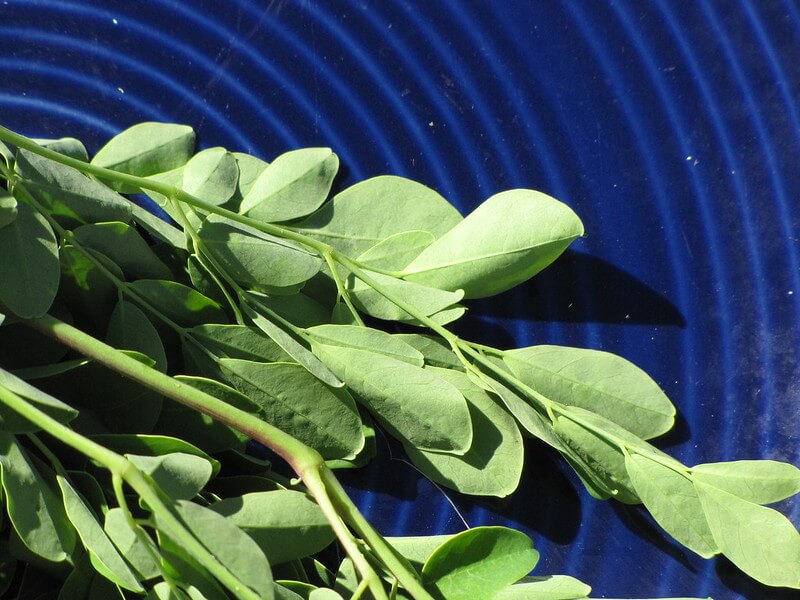
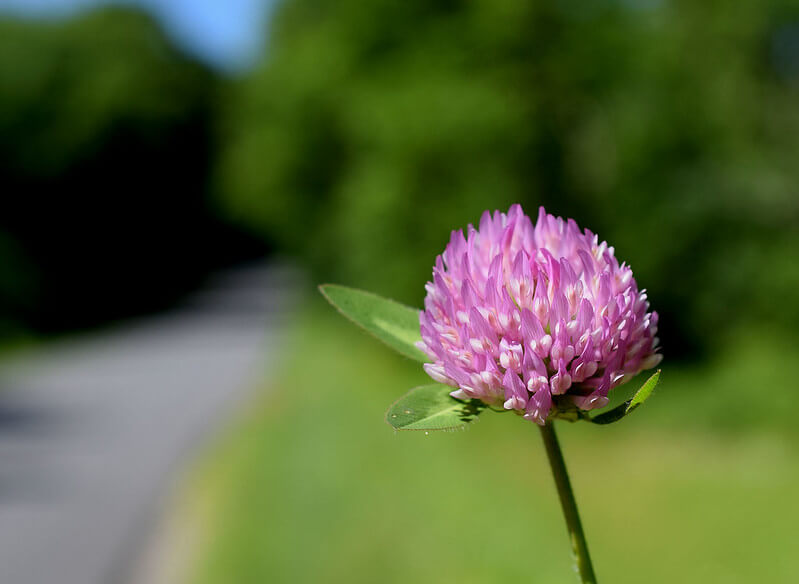

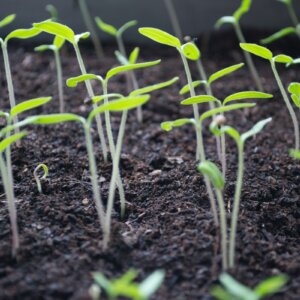



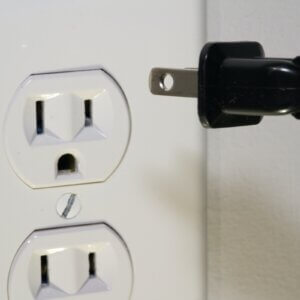

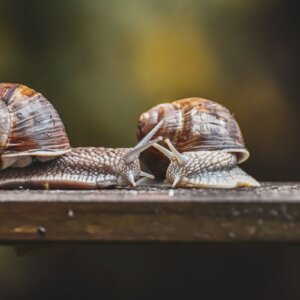

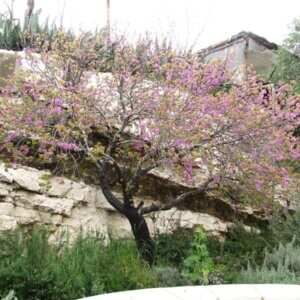

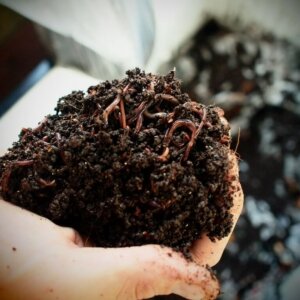

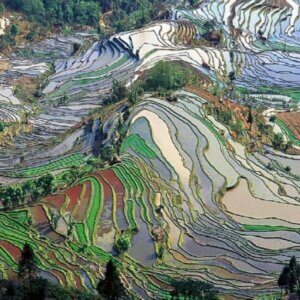

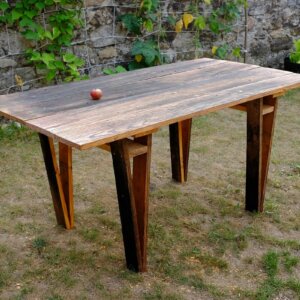


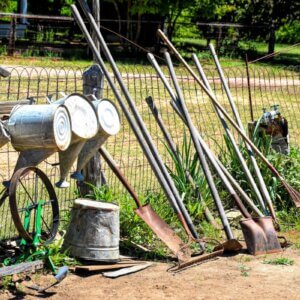

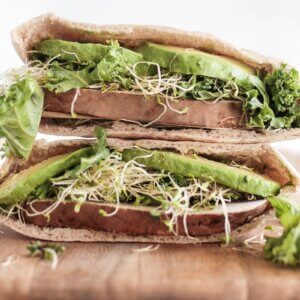


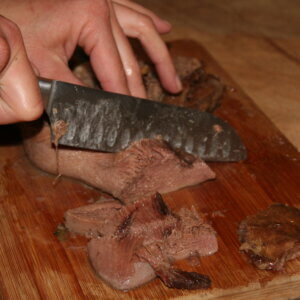

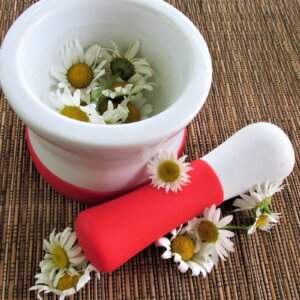


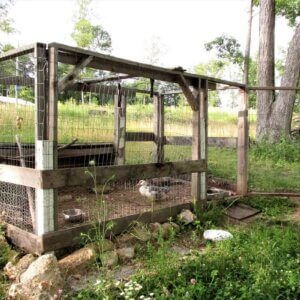

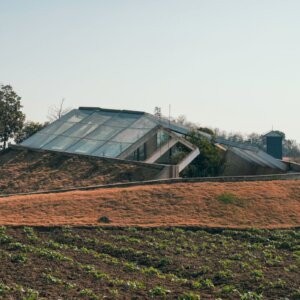
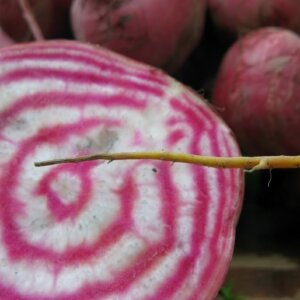






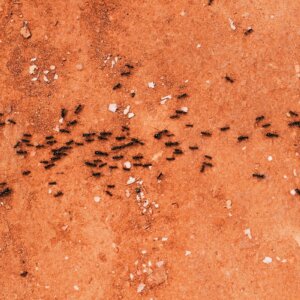
Leave a Reply